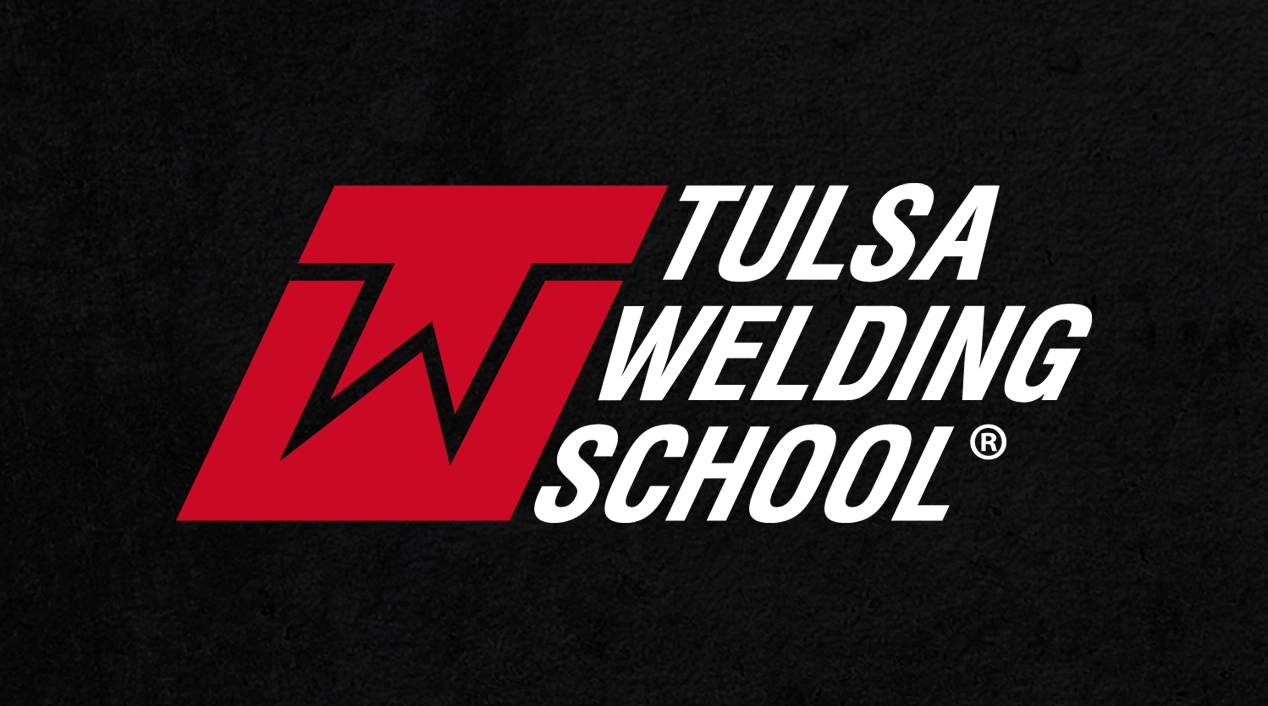TWS is a Great Training Option for Everyone
Learn more about how we can prepare you to advance your career.
Home ownership is a joy most of the time. You can decorate with your own style, landscape with pretty flowers and so much more. But maintaining a home comes with its challenges, too. One biggie is plumbing. We’re not all well-versed in the inner workings of water systems, and problems there may cause a panic, which is why we keep professionals like plumbers and steamfitters on speed dial. Plumbing problems do have the potential to cause health and property damage, however, so everyone should have a working knowledge of at least some common issues.
Plumbing Leaks
Every plumbing system has two sides: the supply side and the drainage side. Both of these systems may spring leaks, and must be dealt with accordingly.
The supply side carries water from its source. Leaks in this part of the system result from pipe freezing, failed joints and/or deteriorated plastic tubing. Harmful damage like flooding may occur when water escapes the supply end under pressure. The first and most important measure to take is turning off the water in the area. Afterwards, any water left in the supply system will have to be drained, a task made difficult by the fact that supply tubes are frequently located behind walls and beneath floors. The fix itself will likely require pipe welding and soldering, processes to be approached with extreme caution.
The drainage side of the plumbing system is in charge of draining used water and accompanying waste. Given that this water is not pushed out by pressure, it tends to trickle out and gather in pools. The problem here is that the substance in that pool of water is sometimes toxic, making it ever more important to clean up and fix. Drainage pipes can be repaired in the same way as supply tubes, but the process is made difficult by the fact that drainage pipes usually run under the house.
Have You Considered a Career in the Skilled Trades?
Fill out the form to recieve a no obligation info packet.
Drainage Clogs
Water is gathering in the sink. The bathtub won’t empty properly. We’ve all experienced headaches like these (and more) at one point or another. Clogged up drains can adversely affect the proper functioning of several plumbing fixtures, from the kitchen sink to the bathtub.
A slow draining sink is caused by a buildup of waste. Your kitchen sink could be plugged up with food particles and pieces, especially if people forget that no garbage disposal is installed and dump their leftovers in it. This is awfully inconvenient, but simple to fix. One method is to try to remove the pop-up stopper in the sink and manually clean it. Alternatively, smooth drainage can be restored by feeding a closet auger, or handheld cable, down the piping or pouring a caustic mixture down the pipe to loosen debris.
Slow draining bathtubs are practically a given in any home. When we wash our hair, some of it falls out, going right to the drain. Hair is the biggest culprit of tub drainage problems, and a build-up of it can drastically slow the emptying of the tub—or clog it entirely. Fixing this issues isn’t too big of a hassle, as hair may be easily removed with the use of an electric plumber’s snake or a good pair of needle nose pliers.
Malfunctioning Fixtures
In addition to leaks and clogs, various plumbing fixtures could malfunction in other ways. Sinks, showers, bathtubs and just about any other major plumbing unit can be affected. Take the toilet, for instance.
Have you ever flushed your toilet and after a few minutes the water still seemed to be running? Many of us have encountered this; some may have even been told to “jiggle the handle” to fix it. While this could work, a running toilet results from different underlying issues that must be specifically addressed, all of which could eventually lead to decreased water pressure or leaking. The most common component malfunctions involve the ballcock or float valve inside the toilet tank, the fill valve which maintains the water level in the tank, or the flap valve that releases water from the tank to the bowl with each flush. Generally, fixing any of these requires a replacement of the damaged component.
Some plumbing and pipefitting repairs and upgrades should most certainly be completed by a professionally-trained plumber. After all, it’s probably ill-advised to install a new shower yourself if you’ve never done it. However, we could all stand to acquire basic plumbing training. Leaks, clogs and small malfunctions are all things that an everyday homeowner can cope with, given a little know-how.
Sources:
http://www.wisegeek.com/what-are-the-different-types-of-plumbing-repair.htm
http://plumbing.about.com/od/basics/tp/Common-Plumbing-Problems-And-How-To-Fix-Them.htm
This blog has been labeled as archived as it may no longer contain the most up-to-date data. For a list of all current blog posts, please visit our blog homepage at https://www.tws.edu/blog/







